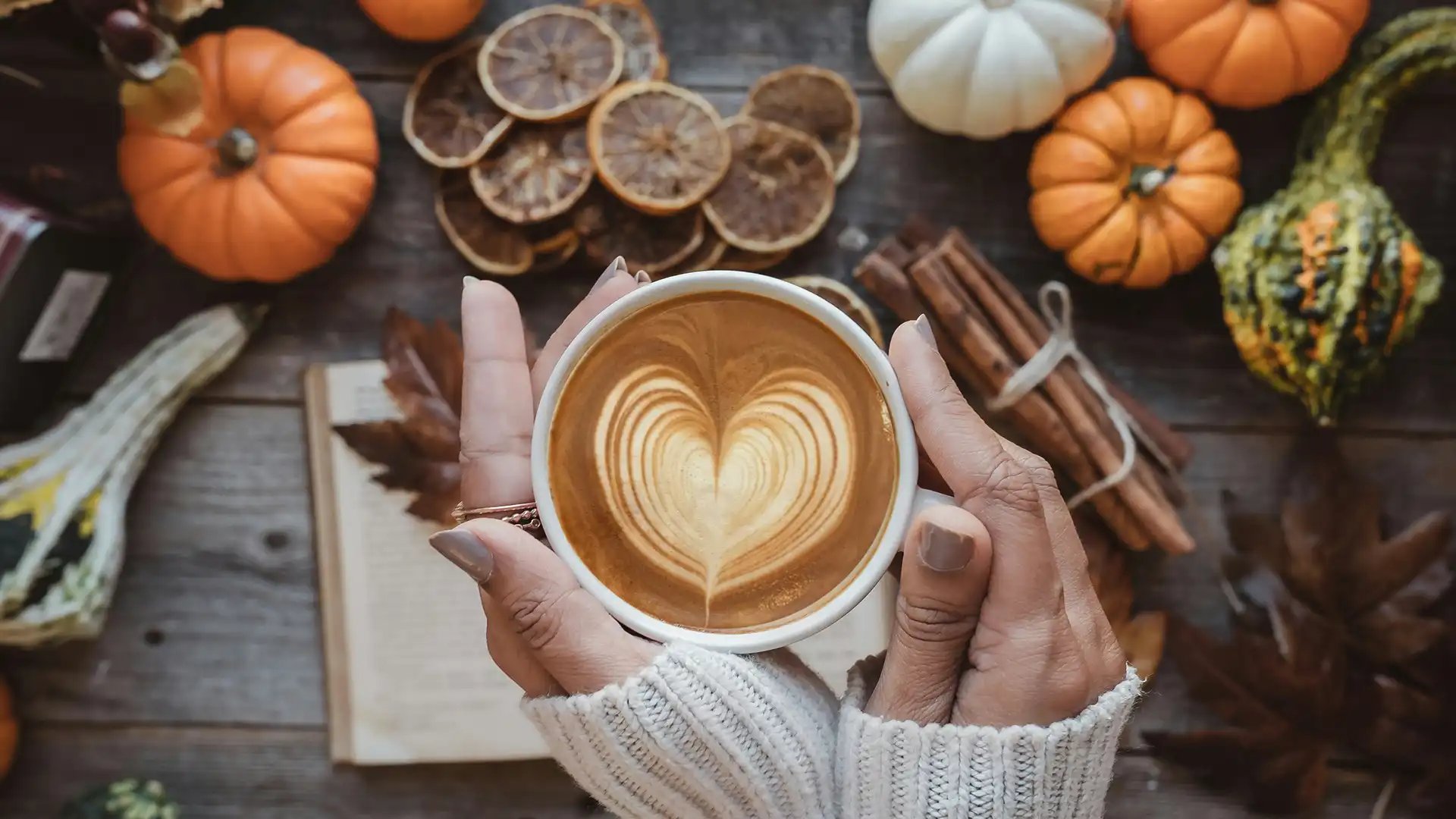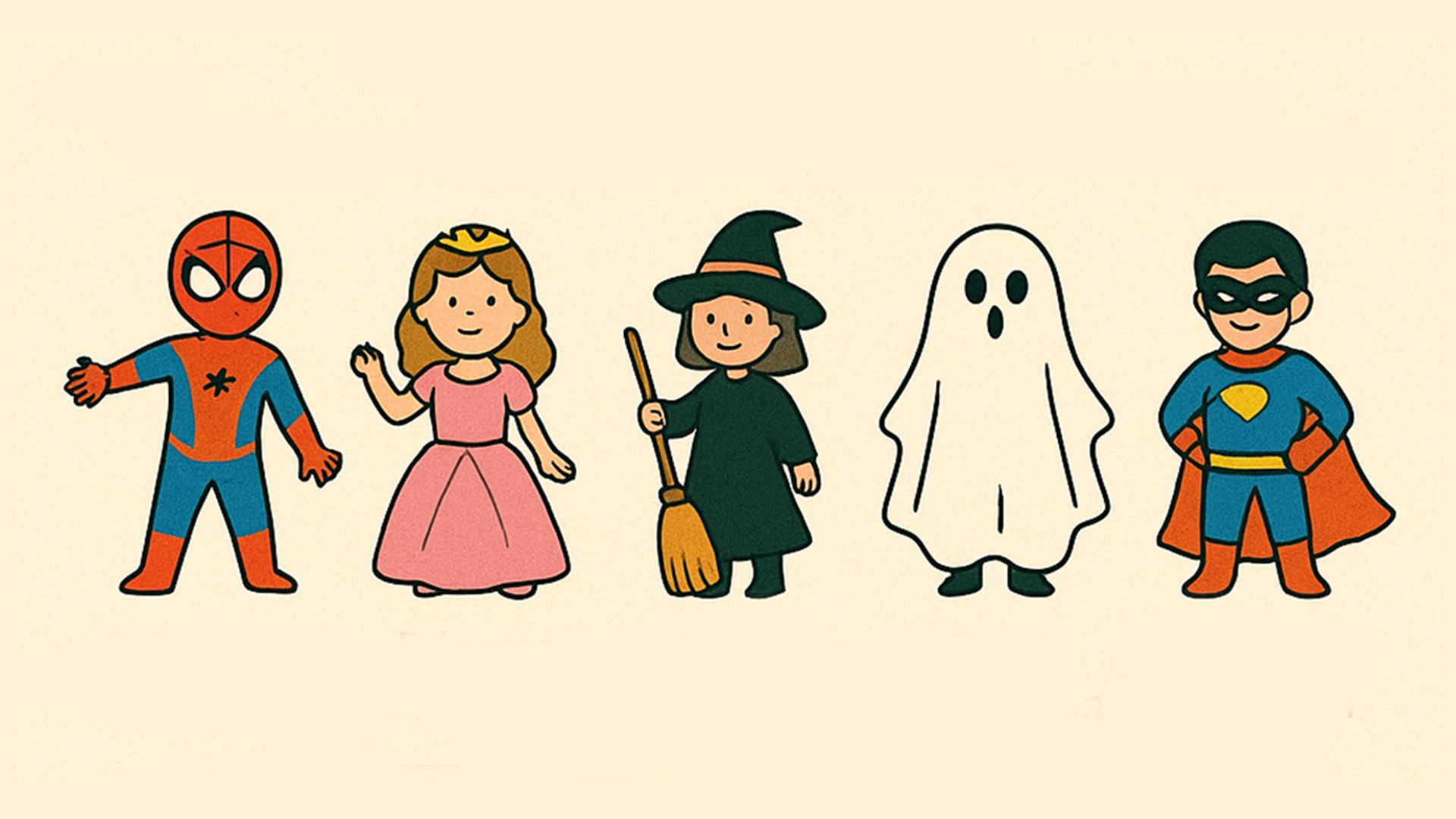By Tran Nguyen, @deca.tran | Apex Friendship High School, NC
As October arrives and the leaves turn orange, so does the economy. Pumpkin spice isn’t just a flavor; it’s a cultural phenomenon generating hundreds of millions of dollars each year. From Starbucks’ famous PSL to pumpkin-themed candles, cereals and even cosmetics, the fall season drives economic growth.
Craving the Spice
So why do we crave pumpkin spice so much? Nostalgia and tradition play a huge role, reminding consumers of cozy fall memories: sweaters, leaves and holidays. Limited-time availability creates urgency and a sense of FOMO, allowing businesses to charge premium prices as lines wrap around the block. On the same side of the coin, marketing also taps into emotion, selling warmth, comfort and a sense of community.
Beyond Coffee
Pumpkin spice may have originated with lattes, but its influence extends far beyond coffee. The flavor spreads across various industries, including fast food, retail, beauty, home goods and even the agricultural sector. This seasonal craze boosts pumpkin harvests, creates temporary jobs and drives extra holiday-season earnings. A single flavor can impact numerous sectors.
DECA Takeaways
Pumpkin spice offers clear lessons for DECA members:
- Product → Seasonal innovation keeps the classic fresh.
- Price → Exclusivity justifies a higher cost.
- Promotion → Cozy fall imagery and FOMO messaging drive engagement.
- Place → Wide availability ensures reach across markets.
Seasonal marketing can be a powerful tool when executed with strategy, timing and understanding of consumer behavior.
More Than Lattes
Pumpkin spice demonstrates that even a simple flavor can have a significant economic ripple effect. Next time you sip a PSL, remember that you’re not just enjoying a drink; you’re participating in a seasonal economic phenomenon. For DECA members, it’s a reminder that creativity, consumer psychology and timing can turn a small idea into a spice-tacular business case.














